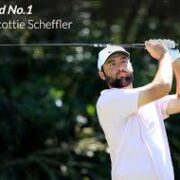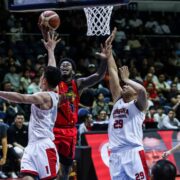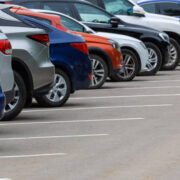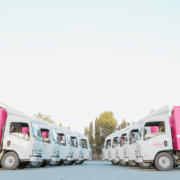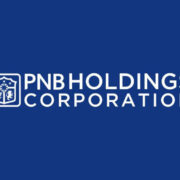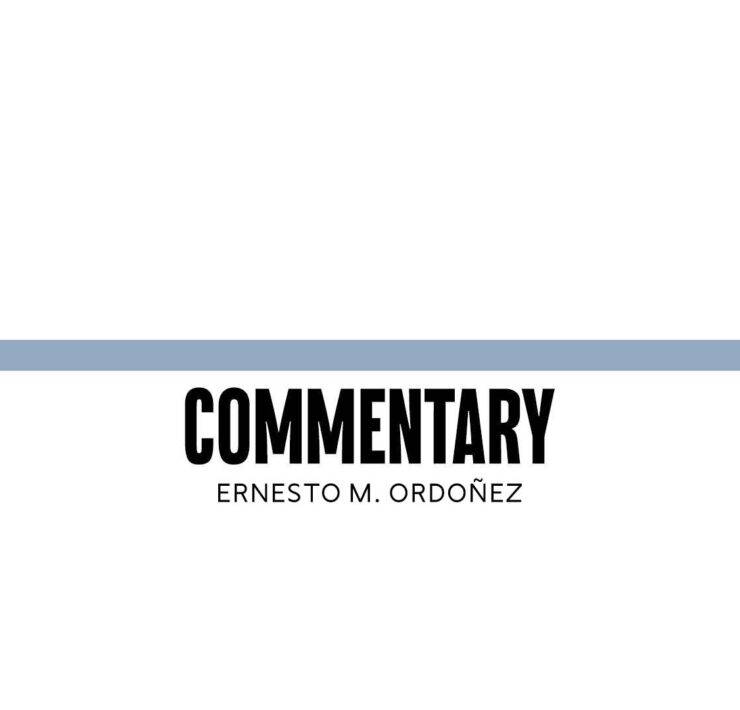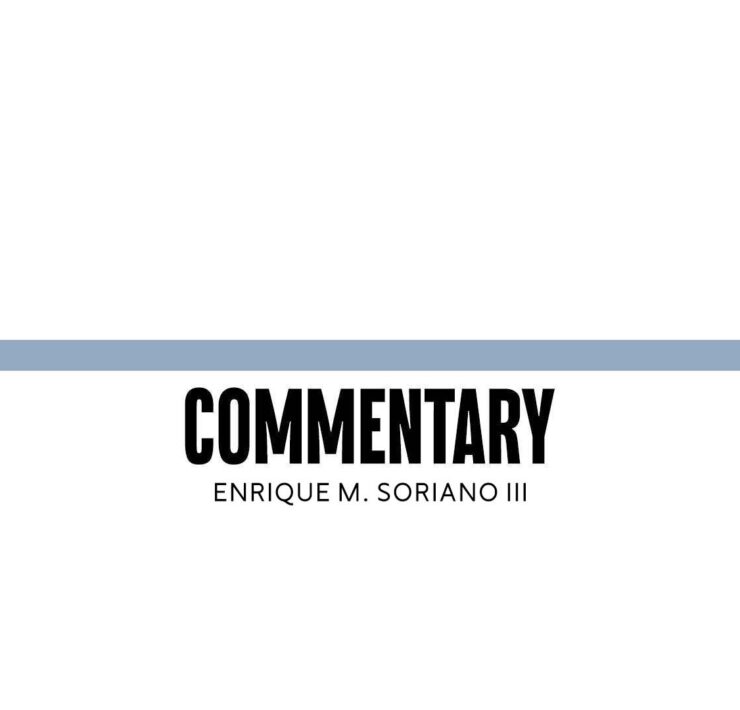Bigger budget for private sector monitoring needed
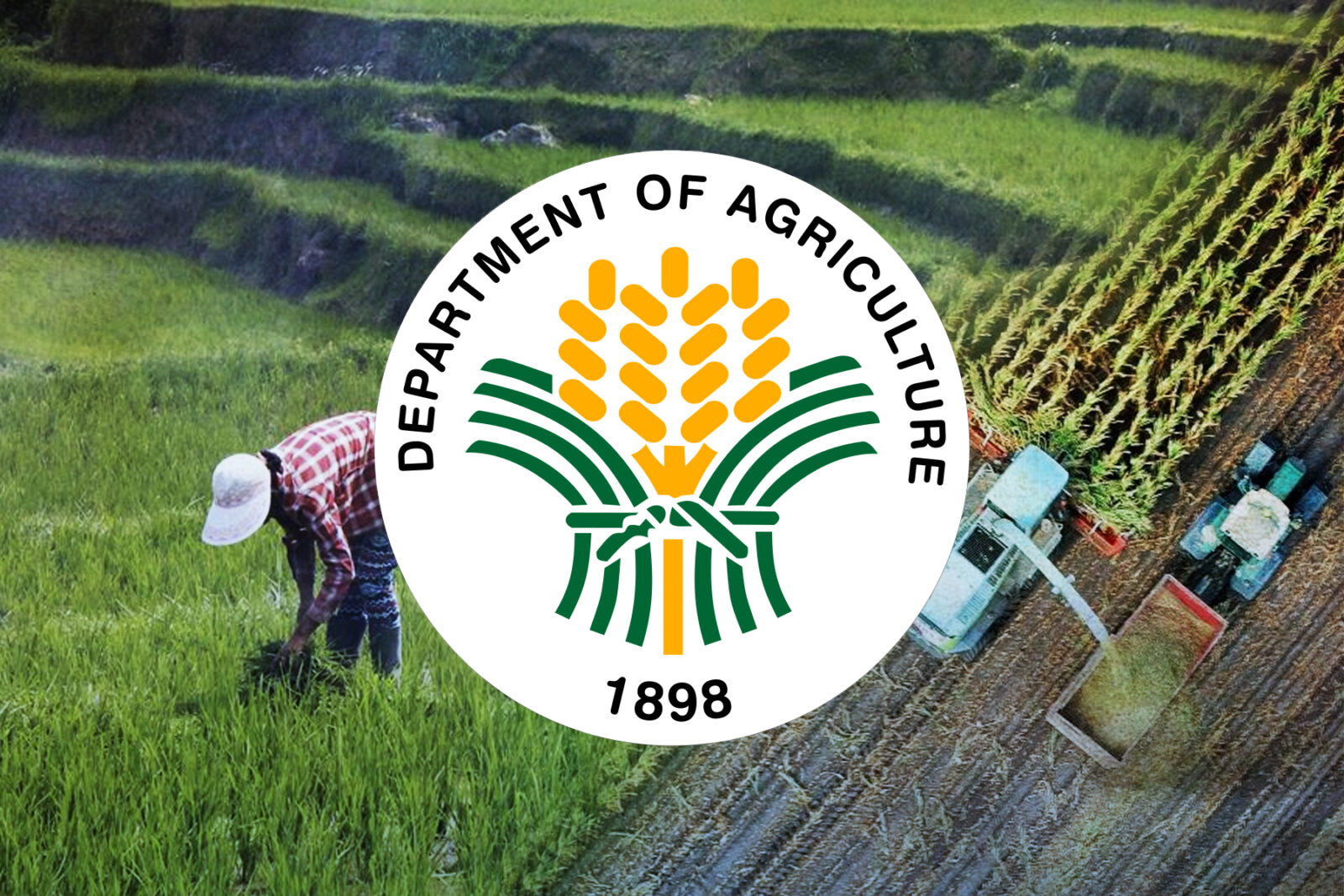
If Congress does not allot a bigger chunk for private sector monitoring in the Department of Agriculture (DA) budget, the latter will only go to waste and corruption.
Upon assumption into office, Agriculture Secretary Francisco Tiu Laurel, Jr. immediately addressed the issues of waste and corruption. He is currently succeeding, albeit restricted by the budget he inherited from the previous administration.
Prevention is better than cure. A crucial element in preventing waste and corruption is transparency through private sector monitoring. This was evident in areas outside the DA.
A striking example was what happened in the Bureau of Customs (BOC). A public-private antismuggling committee reporting to the president had succeeded in reducing the smuggling rate by 27 percent. But when it was abolished, the rate increased to 104 percent.
Private sector
Pursuing the same principle of private sector participation in governance, the AgriFisheries Alliance (AFA) succeeded in including this important conditionality for ratifying the Regional Comprehensive Economic Partnership (RCEP): to allow the private sector to monitor the DA budget.
Tiu Laurel Jr. implemented this in February, but was constrained by a very small budget.
For this year, the private sector monitoring budget of the Philippine Council of Agriculture and Fisheries (PCAF) was only P4.8 million. Though waste and corruption has decreased, it would have succeeded more had private sector monitoring been given a larger budget.
Indicators
The DA had earlier commissioned a study on the use of machine grants from 2019 to 2021.
The result was disappointing: 10 percent of the machines were underutilized, while 25 percent were unutilized. In Leyte and Eastern Samar, in particular, a similar result came out: 10-percent underutilized and 21-percent unutilized.
Of note, total utilization deficiency was 35 percent in the 2019 to 2021 study, and 31 percent for the two provinces for this year. (Note: The Rice Competitiveness Enhancement Fund-supported machines were not included in the latter study).
Such suboptimal performance is similar to the average 33-percent unliquidated and unexplained expenses in the DA budget reported by the Commission on Audit (COA) for the years 2020, 2021 and 2022. This very high rate, which indicates waste and corruption, is unacceptable.
What, then, is the solution? The small P4.2 million monitoring budget covers only 10 percent of the projects PCAF had identified for possible monitoring. About P48 million will go a long way then.
And for the longer term—a private sector mechanism for monitoring all the DA-funded initiatives beyond those identified by PCAF should be set up and appropriately funded.
Next steps
In addition, Tiu Laurel had ordered an improvement of implementation and monitoring guidelines. An example is to formulate strict requirements before any grant is given, ensure periodic checks (with help from private sector), and install a reward and penalty system for proper implementation.
The author is Agriwatch chair, former secretary of presidential flagship programs and projects, and former undersecretary of the Department of Agriculture and the Department of Trade and Industry. Contact is agriwatch_phil@yahoo.com.







